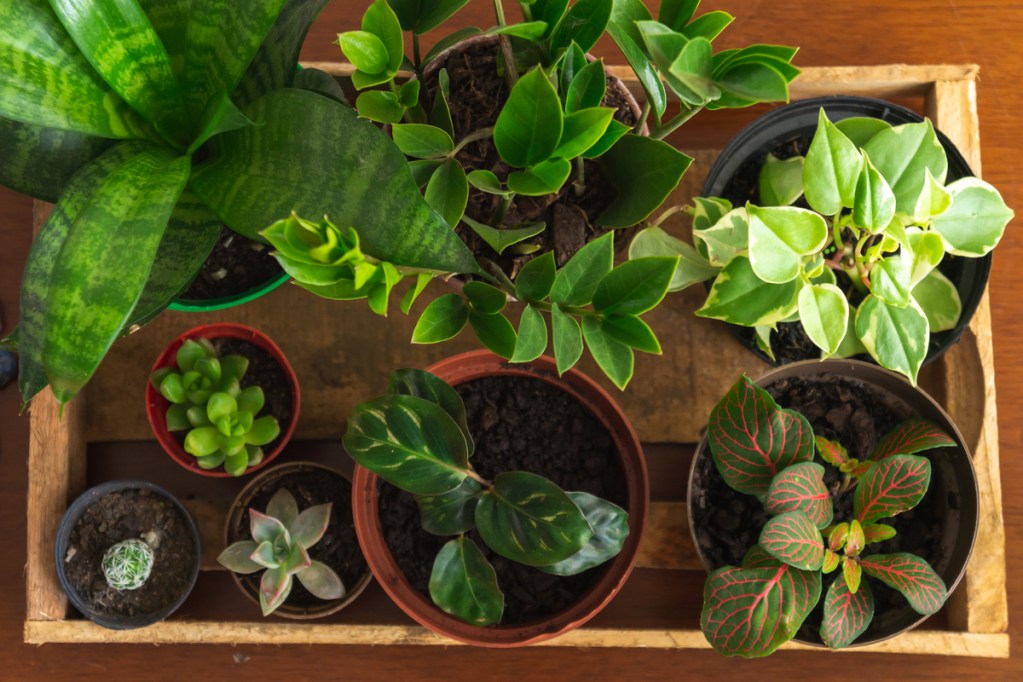
It’s time to start looking forward to the next year, and that includes looking for new indoor plants. Whether you just want to know what plants you can expect to see in stores or are looking for a gift for the plant lover in your life and aren’t sure where to start, we can help! For the upcoming year, here are the houseplants you can expect to see more of. If you don’t already have these, add them to your collection now to be ahead of the trends for 2024!
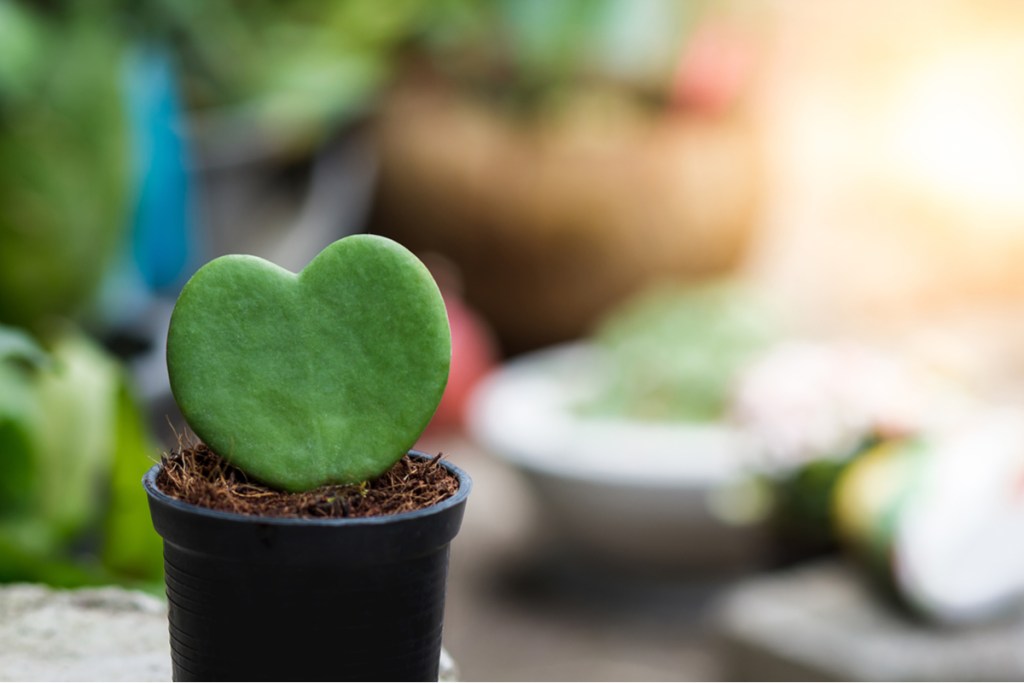
Hoya
Hoyas are fantastic plants that come in a wide range of varieties. From beginner-friendly, low-maintenance hoyas to more challenging and finicky varieties, there’s a hoya for every home gardener! With their diverse appearances, hoyas can match even the most specific interior decor themes.
Looking for some varieties to get your collection started? Here are a few favorites:
- Hoya publicalyx
- Hoya latifolia
- Hoya multiflora
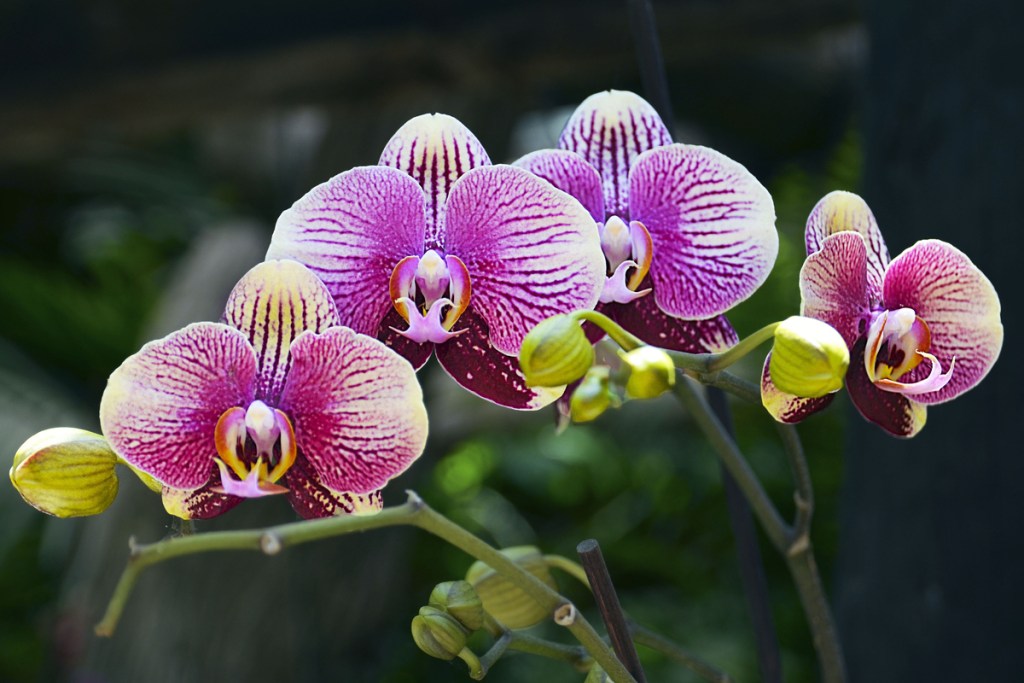
Orchids
Orchids are known for their bright colors and unique shapes and patterns. What you might not know is just how many kinds of orchids there are. The orchid family contains over 23,000 species, and each of those species breaks down into multiple cultivars or varieties. As time goes on, more orchid types are discovered or created, which means there are new orchid options to explore.
In addition to different colors and patterns, there are a variety of growth habits. These include terrestrial orchids, like the Macodes petola and Ludisia discolor, which grow on the ground, and epiphytic orchids, such as Cattelya and Dendrobium, which grow on tree branches.
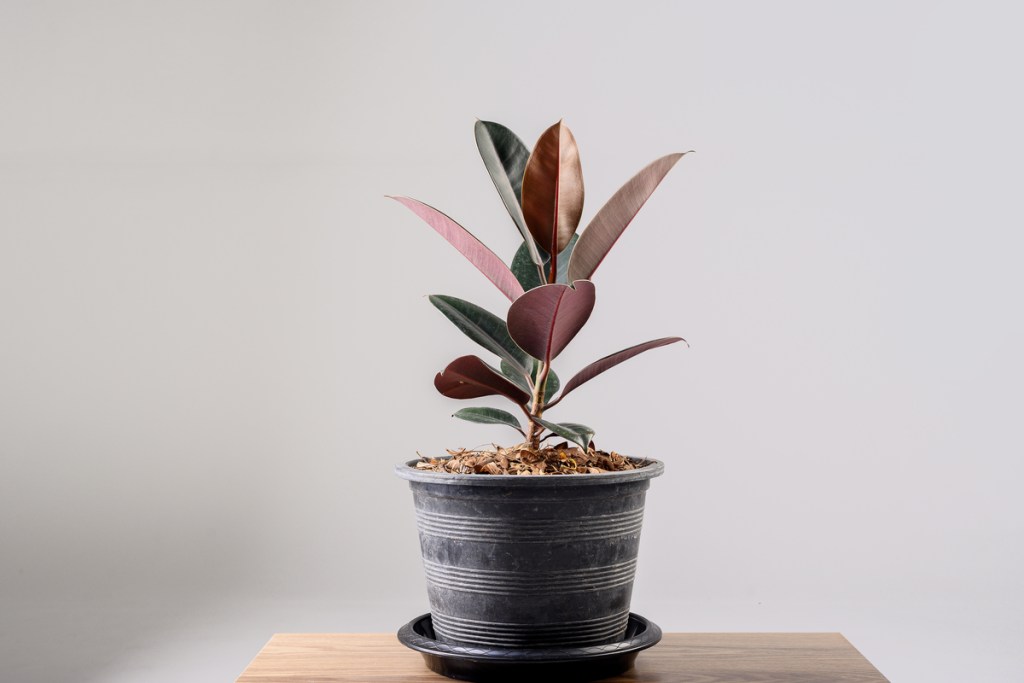
Rubber tree
A rubber tree, or Ficus elastica, has been rising in popularity to rival its cousin, the fiddle-leaf fig, and it’s easy to see why! With glossy leaves, a variety of colors and patterns, and a beginner-friendly care routine, rubber trees make excellent houseplants. As a bonus, they’re easy to propagate, so you can create a garden full of beautiful rubber trees or pass the cuttings on to friends and family to share the love. Thanks to the internet and dedicated gardeners, some rarer varieties, such as the Ficus shivereana, is much easier to find.
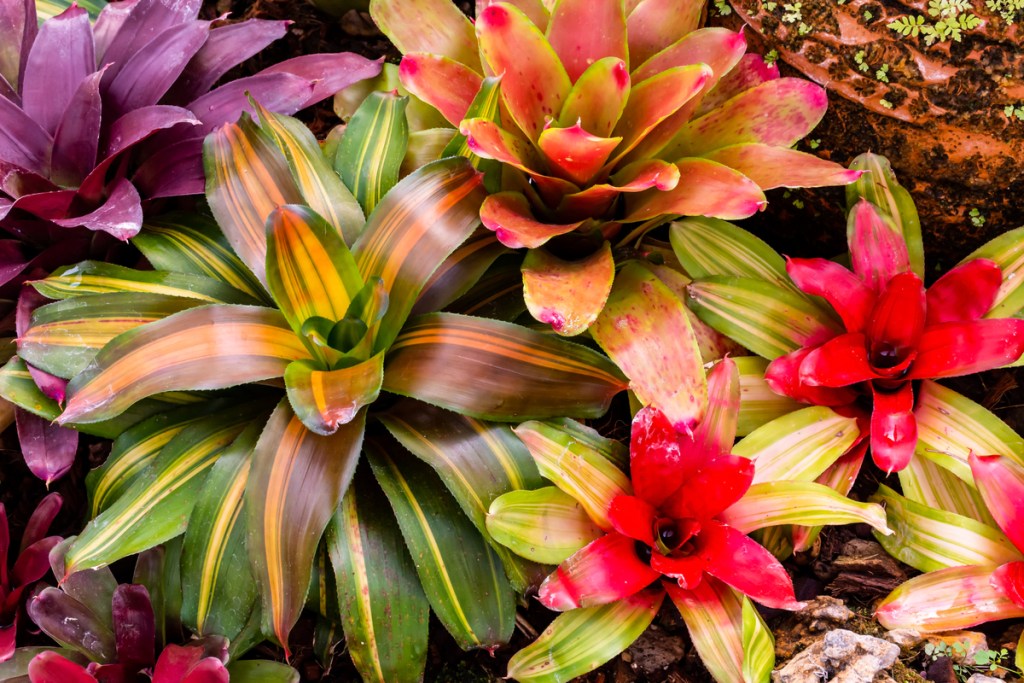
Anything and everything variegated
Across all plant species and families, something you can expect to see trending in 2024 is variegated plants. These leaf patterns are so beautiful and interesting, they draw the eye and are sure to start conversations. You can find classic white and green variegated foliage alongside colors like lime, pink, red, and yellow. This pattern is available in more plants than ever, making it incredibly accessible.

Pothos
Pothos has been popular for years, and it shows no sign of slowing anytime soon. These lovely vines are easy to care for and propagate and come in a variety of fun leaf shapes and colors. Perfect for pots and hanging baskets alike, you can find pothos in every shade of green, plus variegated varieties with white and yellow. For avid collectors, the newest variety is the Lemon Meringue pothos from Costa Farms. The leaves have patches of green and yellow that are more uneven than most pothos varieties, giving it a fun asymmetrical flair. This new variety is still relatively rare, so grab one before your friends to be the star of the show!

Moss
The moss lawn trend has been going strong for a while now, but 2024 is looking to bring two new moss trends to the gardening scene. Terrariums are making a comeback, and what makes a better base for your beautiful terrarium garden than moss? Whether you get moss from your local nursery or transplant it from your own backyard, moss terrariums are cute and easy to care for.
Another moss trend you may see in the next year is the Japanese gardening technique kokedama, which translates literally to moss ball. This technique uses soil wrapped in moss to grow small plants, including ferns, pothos, and even miniature trees! The moss keeps the soil contained and helps it retain water, making it a beautiful and all-natural flower pot. You can find pre-made kokedama moss balls online or make your own at home.
You can’t go wrong with these plants. Whether they’re your old favorites or entirely new to you, they’re worth keeping an eye out for. You can expect to see a lot more of them in 2024, especially as new varieties become more widely available.



